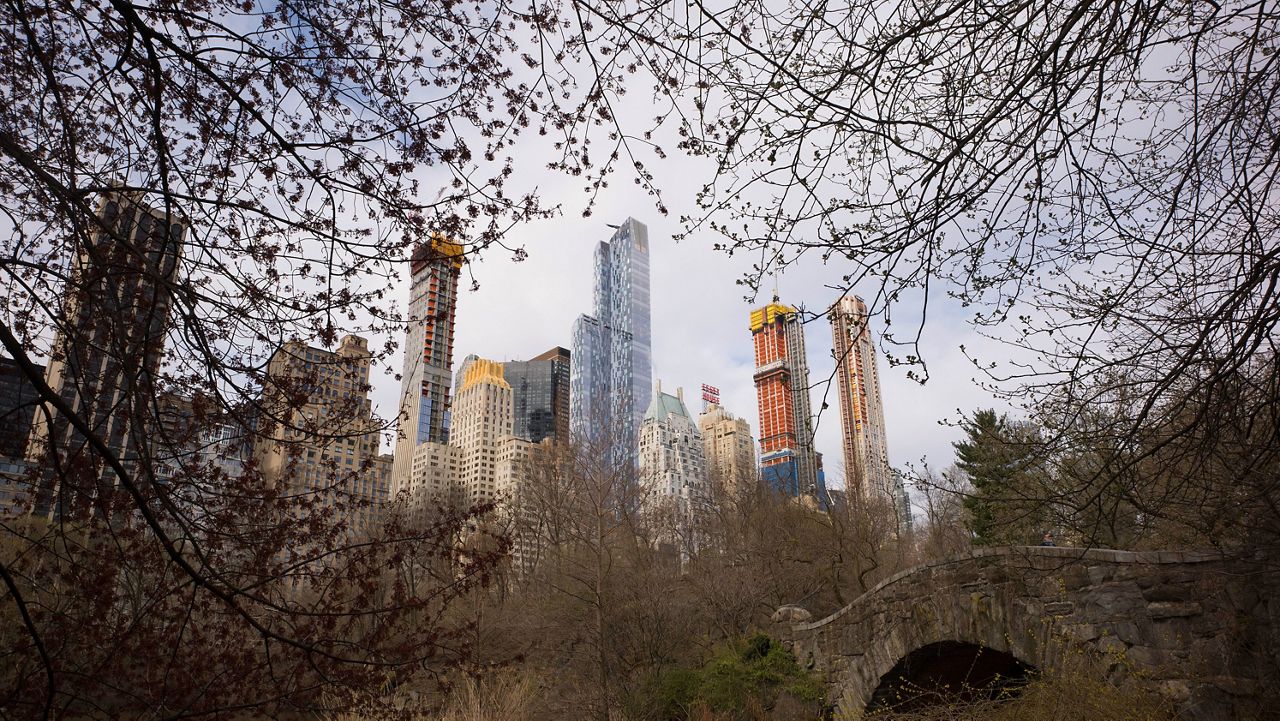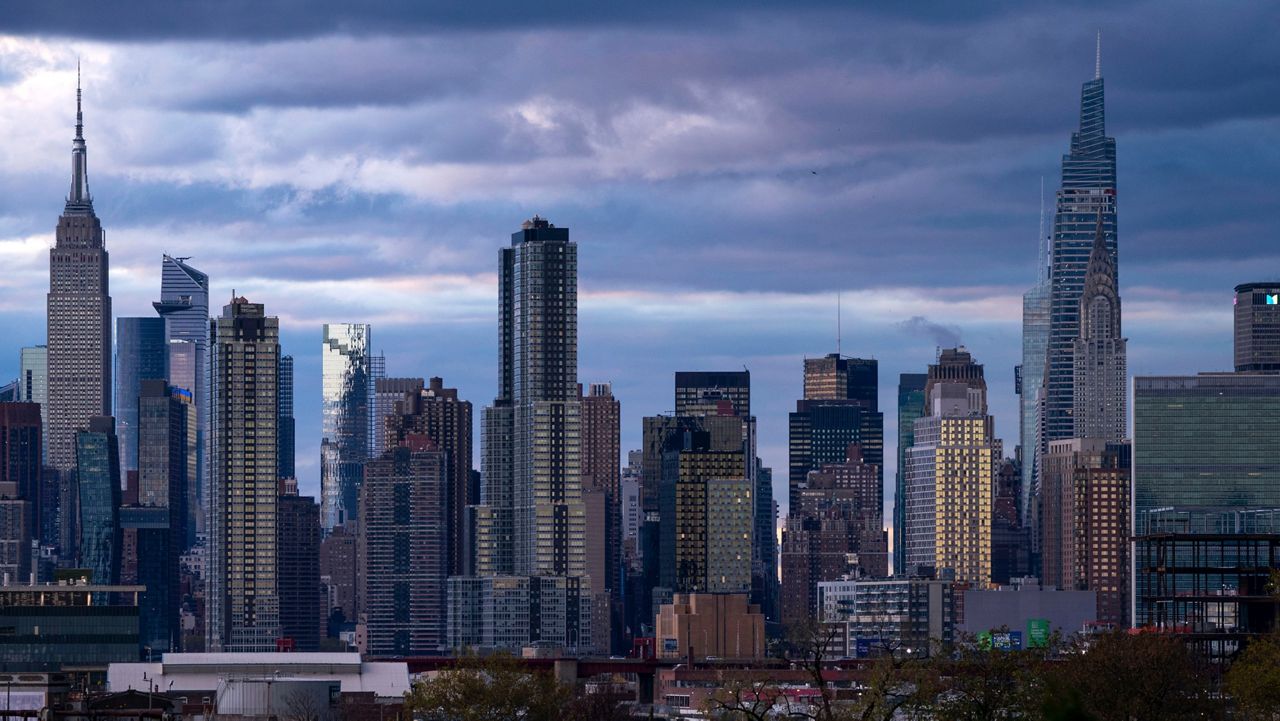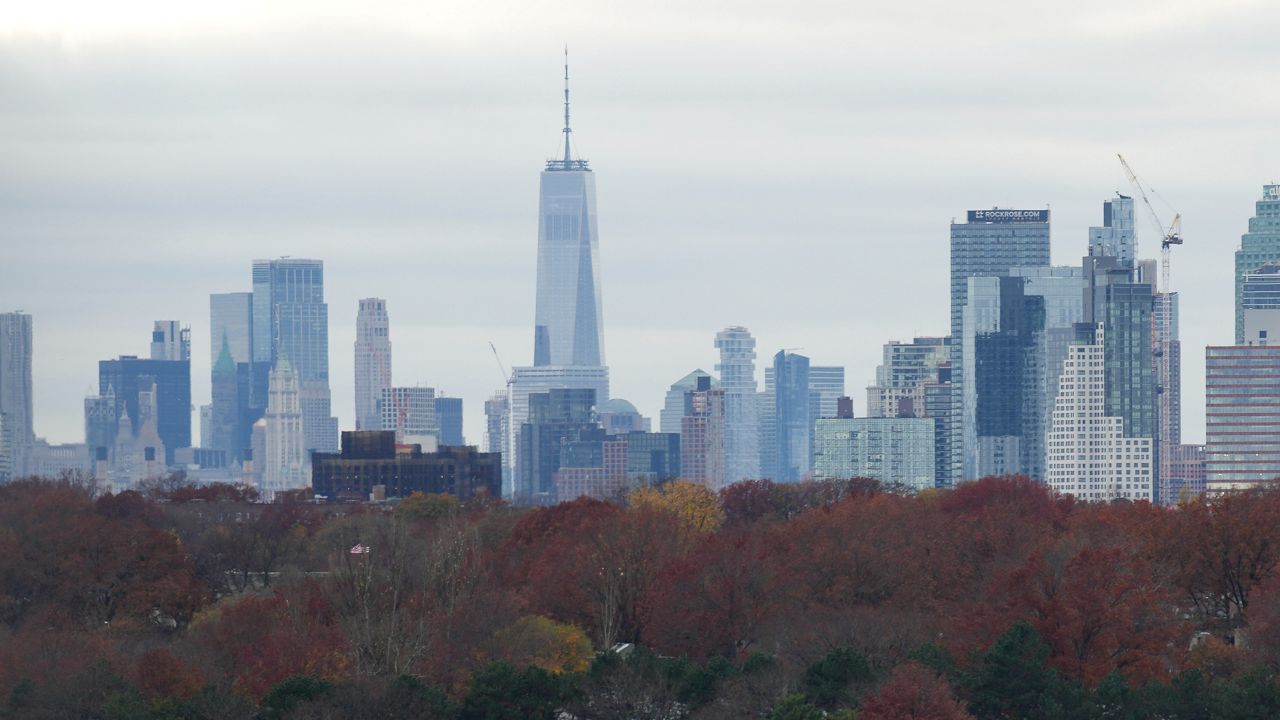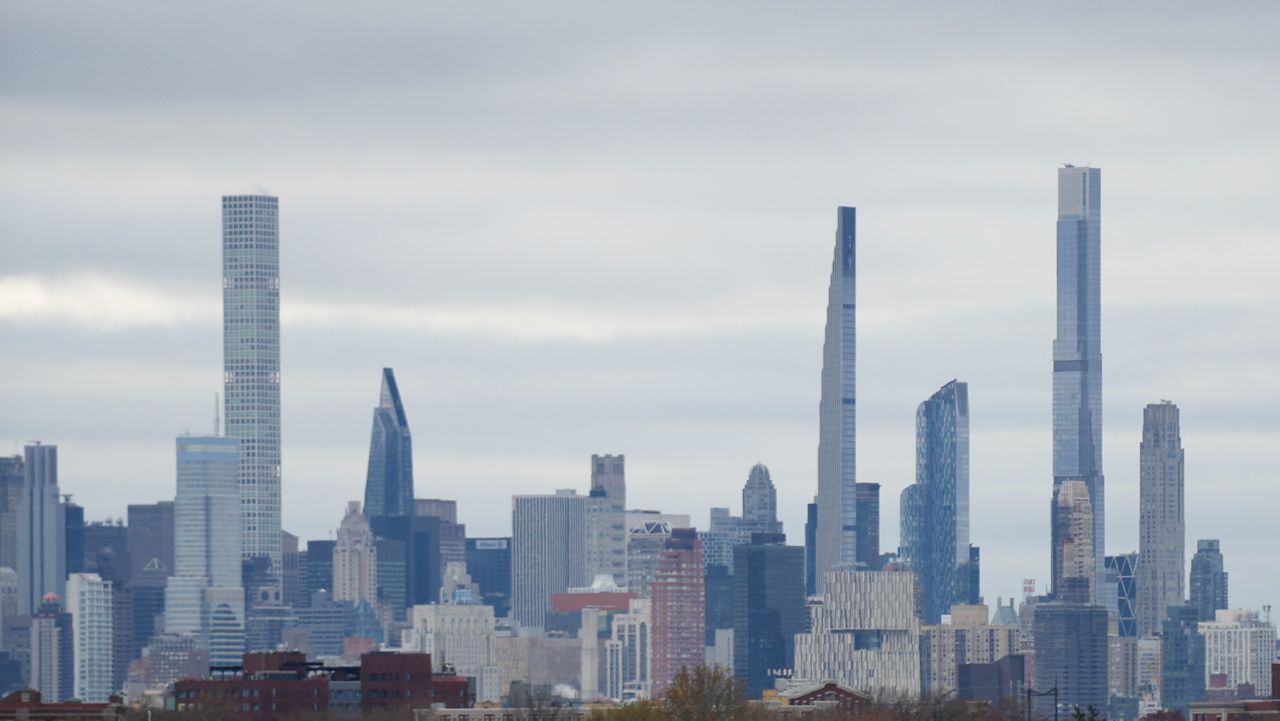The New York City Economy Tracker is a joint project between Investopedia and NY1, using publicly available data to evaluate the economic health of the city across a variety of metrics.
For the week of December 4, 2023, we’re looking at how the costs of owning a car have notably increased for car owners across New York State.
Cost of Owning a Car In NYC Is More Than Just Monthly Payments
New Yorkers are spending over five figures on owning a car, including car payments, maintenance, gas, and more. According to data from the Bureau of Labor Statistics’ Consumer Expenditure Survey, households in the NYC metro area spent an estimated $3,115 on average per year on just car payments alone.1 Many New Yorkers are paying the estimated $29,825 MSRP for the 2024 Toyota RAV4, the state’s top-selling new car of 2022, according to vehicle inventory and information platform Edmunds.
However, according to the Consumer Expenditure Survey data, households in the New York City metro area actually spend more annually on additional vehicle expenses—about $3,905 more—than they do on their actual car payment. These vehicle expenses include: tires, vehicle parts and equipment, motor oil, coolant and fluids, bodywork, maintenance and servicing, repair, insurance, state registration and license, parking, and service clubs.
Gas is another major expense for car owners in New York City, who shell out approximately $1,731 a year at the pump. This expense is actually slightly lower than what a NYC-area driver could pay in tolls and E-ZPass per year. Based on three weekly trips across the Mario M. Cuomo bridge on the E-ZPass commuter plan, drivers could spend up to $1,852 a year just in tolls and E-ZPass fees.
New and Used Cars in New York City Got Much Pricier
New Yorkers’ car payments have increased notably over the last three years. In both 2021 and 2022, new vehicles and used cars and trucks experienced massive inflation. In fact, from December 2020 to December 2022, new vehicle prices in the NYC metro area increased by 22.3% and used vehicles increased by 26.6%.
These price increases have changed the total cost of car ownership for all New Yorkers who drive, and were the largest in nearly six years since the BLS has recorded data on the metro-area level. There are also a few components of car ownership that are still experiencing substantive inflation even now. Nationally, car insurance is 19.2% more expensive as of Oct. ‘23 compared to the year prior, and car repairs are 15.1% pricier since last year.
Most Car Owners Live In the Outer Boroughs
The New Yorkers most impacted by the increase in car ownership costs are those that live in the outer boroughs of the Bronx, Queens, and especially Staten Island. According to data from the Census Bureau’s American Community Survey, the neighborhoods with the four highest proportions of households that own at least one car were all in Staten Island: Annadale-Huguenot-Prince’s Bay-Woodrow, Arden Heights-Rossville, Tottenville-Charleston, and Great Kills-Eltingville all had over 90% of households owning a car.
The neighborhood in Staten Island with the lowest proportion of car ownership, St. George-New Brighton at 56.7%, was still far greater than the estimated 39.8% of households in Manhattan’s most car-dense neighborhood, Upper East Side-Carnegie Hill. This data shows that the impacts of increased car ownership costs are not felt evenly throughout the city’s residents.
Congestion Pricing Set to Bring Money For Public Transit and Reduce Traffic and Emissions
The board of the Metropolitan Transit Authority is set to enact a new congestion pricing toll early next year for most drivers that enter Manhattan south of 60th street, an area being dubbed the “Central Business District”. According to current plan details, the once-daily toll will be $15 for cars, $7.50 for motorcycles, and $24 to $36 for commercial trucks and buses not providing commuter services based on vehicle weight and size. Taxis and ride-share drivers will have an extra $1.25 and $2.50 added on to each ride that enters the zone, respectively.
However, drivers entering the Central Business District from households with incomes under $50,000 per year can register with the Triborough Bridge and Tunnel Authority for a 50% discount on tolls. Additionally, drivers entering the Central Business District via methods already requiring tolls such as the Lincoln and Holland Tunnels will receive a $5 credit against the daily congestion chart.
Detractors, especially those in New Jersey including the formal lawsuit filed by lawmakers in the Garden State, allege the tolls create a financial burden and point to the potential for increased greenhouse gas emissions in the south Bronx and Staten Island as motorists seek detours around the new tolls.
Estimates from the MTA board point to congestion pricing bringing in billions of dollars of new revenue to improve public transportation in the region, while also reducing the number of vehicles by 15% to 20% and truck traffic anywhere from 21% to 81% in lower Manhattan that costs the local economy an estimated $20 billion per year, all while decreasing greenhouse gas emissions.




)




